Retro Replay Review
Gameplay
Tetris on the Nintendo Entertainment System takes the deceptively simple concept of lining up falling tetrominoes and turns it into a compelling test of reflexes and spatial reasoning. From the very first piece you drop into the ten-by-twenty well, the game lures you in with its elegant mechanics: each tetromino is composed of four tiles, and your objective is to form horizontal lines that vanish upon completion. What starts as a leisurely pace quickly evolves into a frenetic dance of rotations and slides, as the speed increases every ten lines in “Type A” mode.
(HEY YOU!! We hope you enjoy! We try not to run ads. So basically, this is a very expensive hobby running this site. Please consider joining us for updates, forums, and more. Network w/ us to make some cash or friends while retro gaming, and you can win some free retro games for posting. Okay, carry on 👍)
The two distinct modes—“Type A” and “Type B”—add variety and replay value. In “Type A,” you’re in for an endless endurance challenge. You can select your starting level, which immediately ramps up the difficulty if you’re a seasoned player or lets you ease in if you’re new to falling-block puzzles. “Type B” switches the focus to a sprint: clear 25 lines as fast as possible while managing preset “garbage” rows and drop-speed settings. This mode offers a more tactical thrill, rewarding strategic planning over raw speed alone.
Controls are tight and responsive, making every rotation and lateral move feel precise. The NES controller’s D-pad and A/B buttons ensure you can quickly adjust piece orientation, and a single-button soft drop allows for subtle adjustments without risking a hard landing. As the pace intensifies, the intuitive controls become your greatest ally, enabling you to execute last-second maneuvers that keep your stack low and your combo chain intact.
Adding to the charm are the celebratory animations that follow significant clears: a smiling Tetris logo dances at the top of the screen, and your cleared lines tally up in satisfying fashion. These small touches inject personality into each session and reward you for hitting milestones, whether it’s your first multi-line clear or your hundredth. Combined with the escalating speed and the two distinct game modes, the gameplay loop remains as addictive today as it was at its 1989 debut.
Graphics
Visually, this NES version of Tetris embraces a minimalist aesthetic that prioritizes clarity and performance over flashiness. Each tetromino is rendered in a bold, solid color—cyan for the I-piece, blue for the J-piece, orange for the L-piece, yellow for the O-piece, green for the S-piece, purple for the T-piece, and red for the Z-piece—ensuring immediate recognition even when the action speeds up. The playfield’s muted background allows these bright shapes to pop, making it easy to track piece placement at high levels.
All animations are smooth and flicker-free, thanks to the NES hardware’s stable frame rate. When lines vanish, the visual feedback is instantaneous, with the cleared rows snapping out of existence in a clean transition. The celebratory sprites—such as the dancing logo and the confetti that appears on big clears—are charmingly pixelated, adding a delightful retro flourish without distracting from the core gameplay.
The user interface is straightforward and unobtrusive: your current level, cleared lines, and next piece preview sit to the right of the well, and they update in real time. Three selectable background themes—often referred to as “Type A,” “B,” and “C” melodies, though only three tracks are available—offer simple, looping patterns that complement rather than overwhelm the visuals. Even if you choose to mute the audio, the graphical clarity ensures you never lose track of the fast-falling blocks.
While you won’t find detailed character art or sweeping backdrops here, the graphics do exactly what they need to: present a clean, focused play area where every pixel has purpose. In an age of ever-more elaborate visuals, this pared-down presentation is a refreshing reminder that good design can be both functional and aesthetically pleasing.
Story
As with most editions of Tetris, this NES version does not feature a traditional storyline or narrative arc. Instead, the “story” unfolds through your personal journey within the well. Every session is a self-contained saga of order versus chaos, where your ability to organize disordered shapes determines how long you survive. In that sense, the narrative is entirely emergent—crafted by your skill, strategy, and sometimes sheer luck.
The lack of characters, cutscenes, or dialogue may feel austere to players seeking a more cinematic experience, but it also allows for complete focus on the puzzle at hand. The only “characters” you meet are the tetrominoes themselves, each with its own shape and quirks. Over time, you develop a rapport with them: you learn the I-piece’s lifesaving potential for clearing four lines at once, fear the Z- and S-pieces’ tricky orientations, and revel in the comfort of the square O-piece.
Background animations—such as the occasional silhouette of the NES controller or the cheering crowd after high-level feats—offer fleeting glimpses of personality. These minimal interstitial scenes serve as palate cleansers between intense stretches of gameplay, providing small narrative beats that punctuate your personal quest for a high score. In this way, the “story” of NES Tetris is less about plot and more about the emotional highs and lows of your challenge against the ever-rising stack.
Ultimately, the absence of a conventional plot is one of Tetris’ enduring strengths. It invites players from all backgrounds to project their own narratives onto the game—whether it’s a meditative puzzle session, an adrenaline-fueled speedrun, or a casual evening pastime. The story is what you make of it, molded by every line you clear and every tilt of the block you execute.
Overall Experience
Playing Tetris on the NES is a master class in timeless game design. Few titles have achieved such universal appeal, and this edition captures that magic with precision. Whether you’re a newcomer or a veteran of the genre, the game’s simple objectives mask a deep well of strategic possibilities. Each mode—endless endurance or 25-line sprint—offers its own rhythm, keeping the experience fresh over countless play sessions.
The three selectable background tunes become ingrained in your mind after just a few minutes, serving as both a rhythmic guide and a nostalgic soundtrack. You’ll find yourself humming the melodies long after powering down the console. Meanwhile, the onscreen animations and the responsive controls create a sense of reward and mastery with every well-executed maneuver.
Despite its age, NES Tetris stands shoulder-to-shoulder with modern puzzle titles thanks to its impeccable pacing and instantly recognizable mechanics. It’s a perfect fit for quick pick-up-and-play sessions or marathon gaming nights, making it ideal for players with any time constraint. The balance between accessibility and depth means you’ll continually discover new strategies, whether you’re working on your first clear or chasing that elusive top-tier speed run.
For anyone curious about the roots of modern puzzle games or simply seeking an endlessly engaging pastime, this version of Tetris remains a must-own classic. It doesn’t rely on flashy bells and whistles—its enduring charm comes from pure, unadulterated gameplay. In the grand tapestry of video game history, few titles can match the elegance and longevity of NES Tetris, making it a worthy addition to any collection.
 Retro Replay Retro Replay gaming reviews, news, emulation, geek stuff and more!
Retro Replay Retro Replay gaming reviews, news, emulation, geek stuff and more!

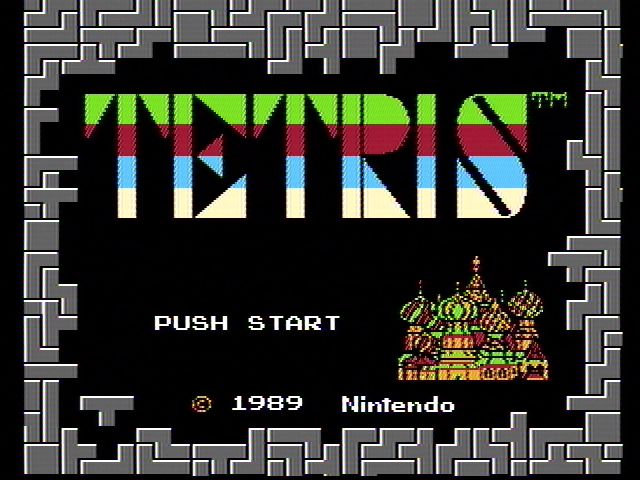

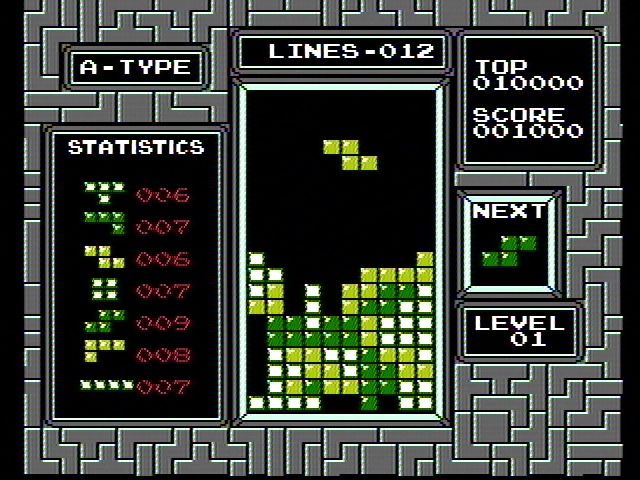
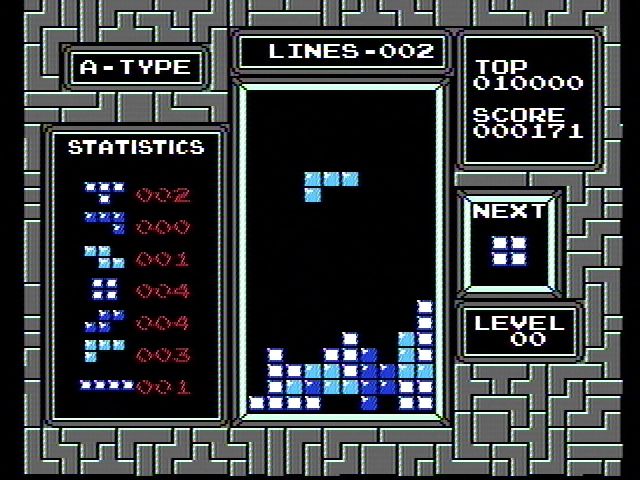
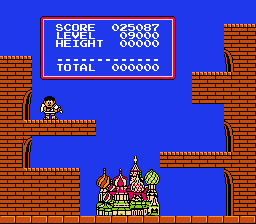

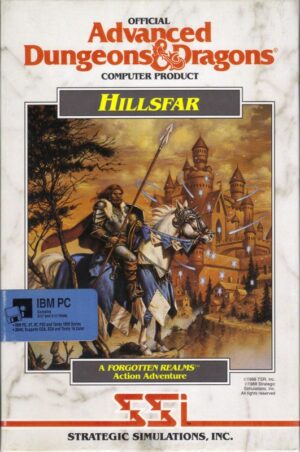
Reviews
There are no reviews yet.